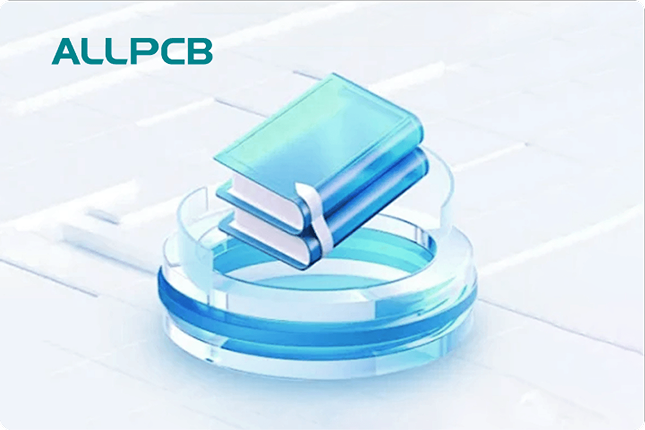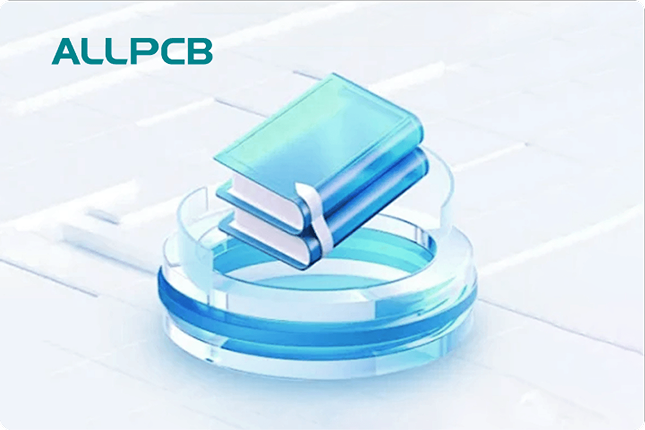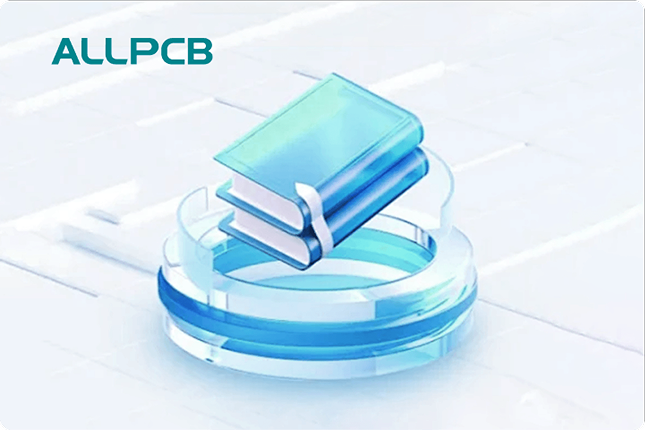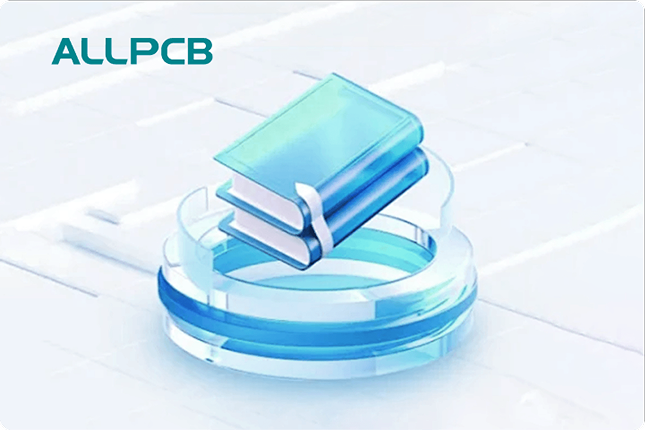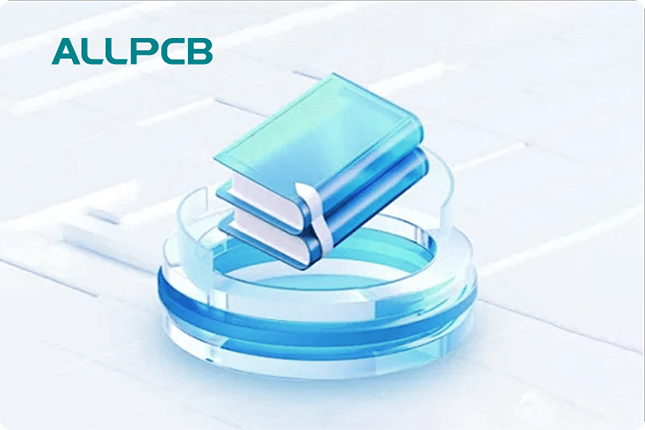Flux is a critical component in PCB soldering, ensuring strong, reliable joints by removing oxides and enhancing solder flow. However, the residue it leaves behind can compromise a board's performance and longevity if not properly cleaned. For engineers designing high-reliability electronics—whether for aerospace, medical devices, or consumer products—effective PCB cleaning is non-negotiable. In this guide, we explore why cleaning flux residue is essential, the risks of neglecting it, and the best methods to ensure long-term reliability.
This blog dives into the technical nuances of flux residue removal, offering actionable insights and practical steps. By understanding the chemistry of flux and mastering cleaning techniques, you can enhance PCB durability and performance.
Why Flux Residue Matters
Flux residues, whether from rosin, water-soluble, or no-clean formulations, are more than just cosmetic blemishes. These residues can lead to several issues that undermine PCB reliability:
- Corrosion: Most flux residues are acidic and hygroscopic, meaning they attract moisture from the air. Over time, this can corrode copper traces and component leads, weakening solder joints. For example, in high-humidity environments, residue-induced corrosion can reduce a PCB's lifespan by up to 50%.
- Electrical Issues: Residues, especially those with ionic content, can form conductive paths, leading to leakage currents or short circuits. In high-density designs with trace spacing as low as 0.1 mm, even small amounts of residue can cause parasitic leakage, affecting signal integrity at frequencies above 1 GHz.
- Conformal Coating Failure: Flux residues can prevent proper adhesion of conformal coatings, which protect PCBs from environmental stressors. Studies show that residue-related coating delamination can increase failure rates by 20% in harsh environments like automotive applications.
- Dendrite Growth: Ionic residues can facilitate dendrite formation—conductive metallic filaments that grow between traces under electrical bias. Dendrites can cause shorts, with failure rates rising in boards exposed to moisture and voltages above 5V.
Given these risks, cleaning flux residue is critical, especially for high-reliability applications. Even no-clean flux, designed to leave minimal, non-corrosive residue, often requires removal in demanding sectors like aerospace or medical electronics.
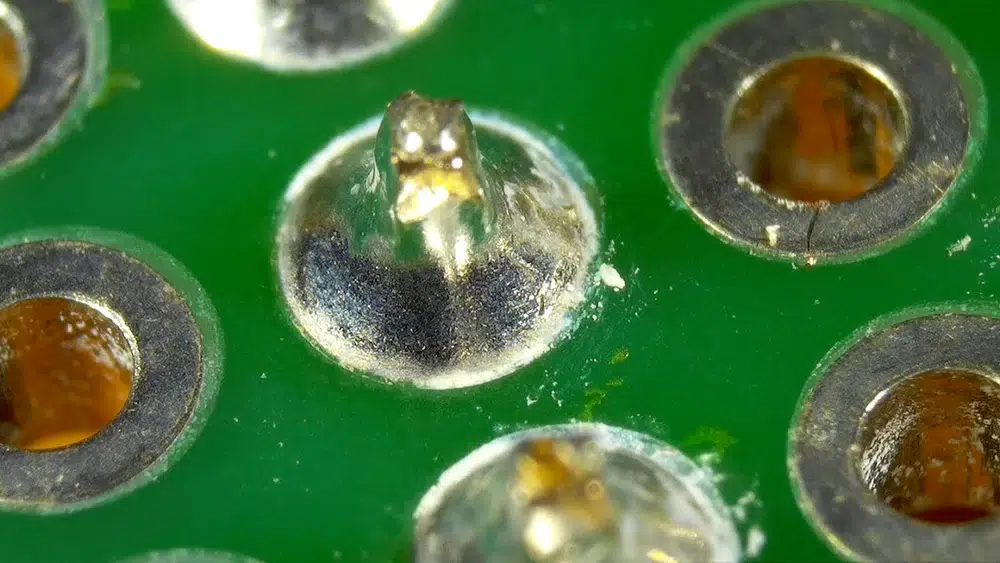
Types of Flux and Their Cleaning Challenges
To clean effectively, you need to understand the type of flux used, as each has unique properties and cleaning requirements:
- Rosin Flux: Derived from pine resin, rosin flux (including Rosin Mildly Activated, RMA, and Rosin Activated, RA) leaves sticky, non-conductive residues. RA flux is highly active and leaves more residue, requiring aggressive cleaning. Isopropyl alcohol (IPA) at 90% or higher purity is typically effective, but RA residues may need specialized solvents.
- Water-Soluble Flux: Composed of organic acids, this flux is highly active and provides excellent soldering results but leaves corrosive residues. It's designed to be cleaned with deionized water, often in automated systems, to prevent corrosion. Failure to clean can reduce PCB lifespan by up to 30% in high-humidity conditions.
- No-Clean Flux: Formulated to leave minimal, non-conductive residue, no-clean flux was developed to skip post-soldering cleaning. However, its residues can still absorb moisture or interfere with conformal coatings, especially in high-density designs with component spacing below 0.5 mm. Cleaning often requires IPA or commercial flux removers.
Each flux type demands a tailored cleaning approach, as improper methods can damage components or leave residues that degrade performance over time.
Risks of Leaving No-Clean Flux Residues
No-clean flux is popular, with over 50% of PCBs today using it to streamline production. Its residues are designed to be non-conductive and non-corrosive, but real-world conditions often challenge these assumptions:
- Hygroscopicity: No-clean flux residues can absorb moisture, especially in environments with relative humidity above 60%. This can lower surface insulation resistance (SIR), leading to leakage currents. Tests show SIR can drop by 20% in boards with uncleaned no-clean flux after 1000 hours of humidity exposure.
- Electrochemical Migration: Residues containing remnant activators or metal salts can trigger electrochemical migration, where ions move under electrical bias, forming conductive paths. This is critical in high-voltage applications like electric vehicles, where voltages exceed 48V.
- Inspection Challenges: Residues can obscure solder joints, complicating quality control (QC) inspections. For example, white residues from no-clean flux can mimic defects like solder voids, increasing QC rejection rates by up to 15%.
- Conformal Coating Issues: No-clean residues can release trapped moisture during coating curing, causing delamination or pinholes. This is particularly problematic in harsh environments, where coating failure rates can rise by 25%.
For critical applications, cleaning no-clean flux is often mandatory to mitigate these risks and ensure reliability.
Effective PCB Cleaning Methods
Cleaning flux residues requires a combination of the right tools, solvents, and techniques. Below are the most effective methods, tailored to different flux types and production scales:
Manual Cleaning
Ideal for prototypes or low-volume production, manual cleaning is precise but labor-intensive.
- Tools: Use soft-bristled brushes (e.g., toothbrushes or anti-static brushes) and lint-free wipes (e.g., Kimwipes) to avoid scratching or leaving fibers. Cotton swabs are effective for tight spaces.
- Isopropyl Alcohol (IPA): At 90% or higher purity, IPA dissolves rosin and no-clean flux residues. Apply with a brush, scrub gently, and wipe dry. Note that IPA is less effective for some no-clean fluxes, as specified in datasheets like Kester 245.
- Commercial Flux Removers: Brands like MicroCare VeriClean offer stronger cleaning for stubborn residues. These are slower-drying, allowing more time to dissolve flux.
- Deionized Water: Essential for water-soluble flux, often used with a saponifier to neutralize acidic residues. Rinse thoroughly to prevent ionic contamination.
- Process: Apply solvent, scrub gently to avoid damaging solder joints, wipe with a lint-free cloth, and dry with compressed air or warm air to prevent moisture retention.
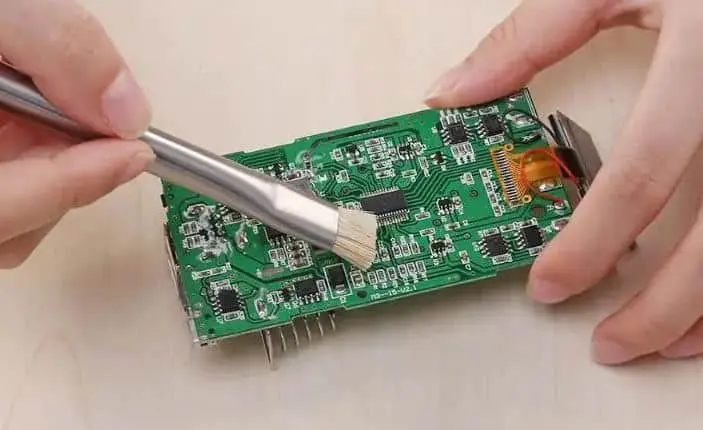
Ultrasonic Cleaning
For HDI PCBs, ultrasonic cleaning uses high-frequency sound waves (20-40 kHz) in a cleaning solution to dislodge residues from hard-to-reach areas, such as under low-standoff components (e.g., QFNs with 0.2 mm clearance).
- Advantages: Highly effective for complex boards, reducing cleaning time by up to 70% compared to manual methods.
- Risks: Excessive vibration can damage sensitive components, like ceramic capacitors. Use controlled settings (e.g., power density below 30 W/L) and test on prototypes first.
- Solvents: Aqueous cleaners (e.g., ZESTRON's water-based solutions) or semi-aqueous solvents with low surface tension ensure penetration under components.
Automated Cleaning Systems
For high-volume production, automated systems like spray-in-air or immersion cleaners offer consistency and efficiency.
- Process: Boards are sprayed with or immersed in cleaning fluids, followed by rinsing and drying stages. Systems can process up to 100 boards per hour, depending on size.
- Solvents: Engineered fluids from ZESTRON or Kyzen, with pH levels optimized for flux type (neutral for rosin, alkaline for water‐soluble), ensure thorough cleaning.
- Benefits: Reduces labor costs by 80% and ensures uniform cleaning, critical for high-reliability applications.
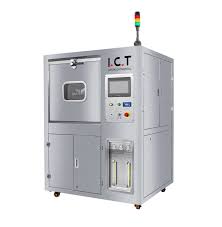
Best Practices for Flux Residue Removal
To maximize cleaning effectiveness and protect PCB integrity, follow these best practices:
- Match Solvent to Flux Type: Check the flux datasheet for recommended cleaners. For example, Kester 331 water-soluble flux requires deionized water, while Kester 245 no-clean may need specialized solvents.
- Follow Manufacturer Reflow Profiles: Proper soldering temperatures (e.g., 240-250°C for lead-free solder) prevent flux residues from hardening, making them easier to clean. Overheating can bake residues, increasing cleaning difficulty by 30%.
- Test Small Batches: Before full-scale production, clean a few boards to validate the process, reducing defect rates by up to 20%.
- Rinse and Dry Thoroughly: Incomplete rinsing can redistribute residues, while moisture left on boards can cause dendrite growth within 500 hours of operation. Use lint-free wipes or warm air drying (50-60°C).
- Prioritize Safety: Wear gloves and work in a well-ventilated area when using IPA or other solvents to avoid inhaling fumes.
When to Clean vs. When to Skip
While cleaning is critical for high-reliability PCBs, low-cost, short-lifespan products (e.g., disposable toys) may tolerate no-clean flux residues. Consider these factors:
- Application: Aerospace, medical, and automotive PCBs require cleaning due to strict reliability standards (e.g., IPC-A-610 Class 3). Consumer electronics may not, per IPC Class 1.
- Environment: Harsh conditions (humidity >60%, temperature >85°C) necessitate cleaning to prevent corrosion or electrochemical migration.
- Design Complexity: High-density boards with trace spacing below 0.15 mm or low-standoff components (e.g., BGAs) are more susceptible to residue-related issues.
For critical applications, the cost of cleaning (approximately $0.50-$2 per board in high-volume setups) is far outweighed by the risk of field failures, which can cost thousands in recalls.
How ALLPCB Supports Reliable PCB Assembly
At ALLPCB, we understand that clean, reliable PCBs are the backbone of high-performance electronics. Our advanced manufacturing facilities and quick-turn prototyping services ensure that your boards are built to the highest standards, with precise soldering processes that minimize flux residue issues. We offer global logistics for fast delivery and provide expert guidance on selecting flux types and cleaning methods tailored to your project's needs. Whether you're developing a medical device or an automotive system, our team helps you achieve long-term reliability through quality assembly and support.
Conclusion
Cleaning flux residue from PCBs is a critical step for ensuring long-term reliability, especially in high-stakes applications. By understanding the risks of residues—corrosion, electrical issues, and coating failures—engineers can prioritize effective cleaning methods like manual scrubbing, ultrasonic cleaning, or automated systems. Tailoring the approach to the flux type, following best practices, and considering the application's demands will safeguard your PCBs against premature failure.
At ALLPCB, we're committed to helping you build reliable electronics with precision and efficiency. Take the next step in your project by exploring our services or consulting our experts on optimizing your PCB assembly process.
 ALLPCB
ALLPCB



